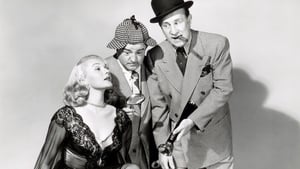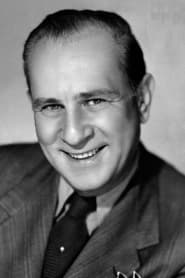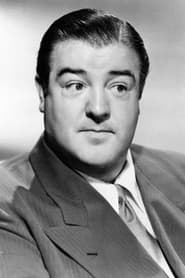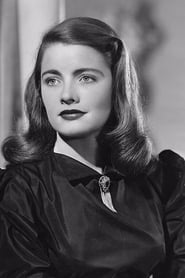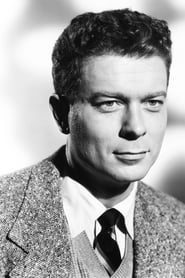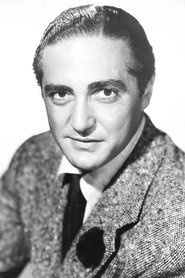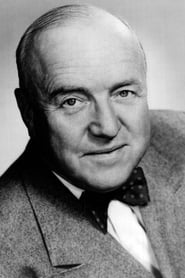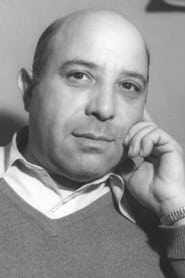Cast
View AllBud Abbott
as Bud Alexander
Lou Costello
as Lou Francis
Nancy Guild
as Helen Gray
Arthur Franz
as Tommy Nelson
Adele Jergens
as Boots Marsden
Sheldon Leonard
as Boots Morgan
William Frawley
as Det. Roberts
Gavin Muir
as Dr. Philip Gray
Sam Balter
as Radio Announcer
John Daheim
as Rocky Hanlon
Walter F. Appler
as Professor Dugan (uncredited)
Bobby Barber
as Sneaky (uncredited)
Howard Banks
as Officer (uncredited)
Richard Bartell
as Bald Man (uncredited)
Phil Bloom
as Fight Spectator (uncredited)
Crew
Director
- Charles Lamont
Producer
- Howard Christie
Reviews
John Chard
Certainly one of the best in the series.
Our intrepid bumbling duo deliver the goods in one of the better offerings on their considerable CV. Here they are freshly qualified Private Investigators thrust into a murder investigation with an invisible man. That alone should tell you that the fun flows at a very decent clip, so with that I just need to say that some of the sequences here are comedy gold. Like a scene at a restaurant that is excellent, or Costello pretending to work the ball in the gym, and a final reel of a boxing match that really gets the laughter flowing. Watching these guys act as if with a real invisible man is wonderful, and of course the effects team also deserve praise for doing such a damn fine job with the invisible man of the piece.
Not quite as good as...Meet Frankenstein, but it's darn near close. 8/10
Mar 4, 2020
Thematic Analysis
This Comedy/Crime/Horror/Science Fiction film explores themes of fear and survival, delving into the psychological aspects of human nature when confronted with the unknown. Bud Abbott and Lou Costello Meet the Invisible Man presents a unique perspective on the horror genre by focusing on the psychological terror rather than relying on typical jump scares.
Director Charles Lamont brings their distinctive visual style to this film, continuing their exploration of themes seen in their previous works while adding new elements. Their approach to pacing and visual storytelling creates a viewing experience that rewards close attention.
Released in 1951, the film exists within a cultural context that now offers viewers historical perspective on the social issues of that era. Its reception demonstrates the diverse reactions to its artistic choices and its place in cinema history.
Did You Know?
- The production of Bud Abbott and Lou Costello Meet the Invisible Man took approximately 5 months from pre-production to final cut.
- With a budget of $0.6 million, the film represented a significant investment in bringing this story to the screen.
- The final cut of the film runs for 83 minutes, though the director's initial assembly was reportedly 119 minutes long.
- The director insisted on using practical effects whenever possible, reserving CGI for only the most necessary scenes.
- The screenplay went through 11 major revisions before the final shooting script was approved.
- The costume department created over 214 unique costume pieces for the production.
Historical Context
- In 1951, when this film was released:
- Television was becoming a dominant form of home entertainment.
- The Cold War was intensifying, influencing global politics and culture.
- The film industry was dominated by major studios, with independent cinema still in its early development.
How This Film Stands Out
While Bud Abbott and Lou Costello Meet the Invisible Man shares thematic elements with other films in its genre, it distinguishes itself through its unique approach to storytelling, visual style, and character development.
Unlike Metropolis, which takes a more conventional approach to its subject matter, Bud Abbott and Lou Costello Meet the Invisible Man subverts genre expectations by exploring its themes with greater nuance.
While films like Kill Bill: Vol. 1 and A History of Violence explore similar territory, Bud Abbott and Lou Costello Meet the Invisible Man stands apart through its deeper exploration of its central themes and more complex characterization.
This film's unique contribution to cinema lies in its thoughtful balance of entertainment value and thematic depth, making it a valuable addition to its genre.
Details
- Release Date: April 12, 1951
- Runtime: 1h 23m
- Budget: $627,000
